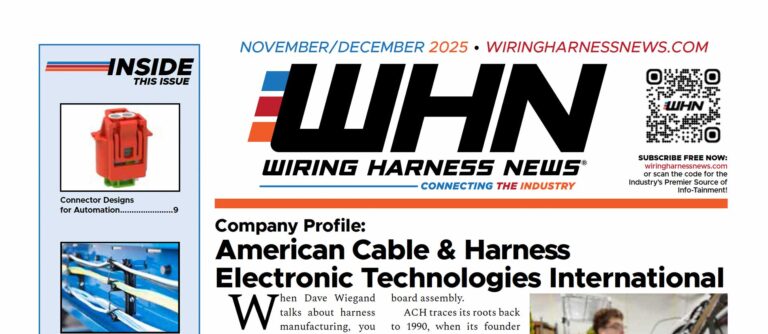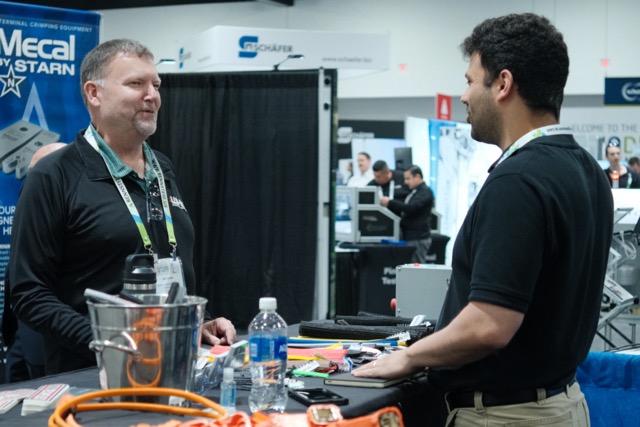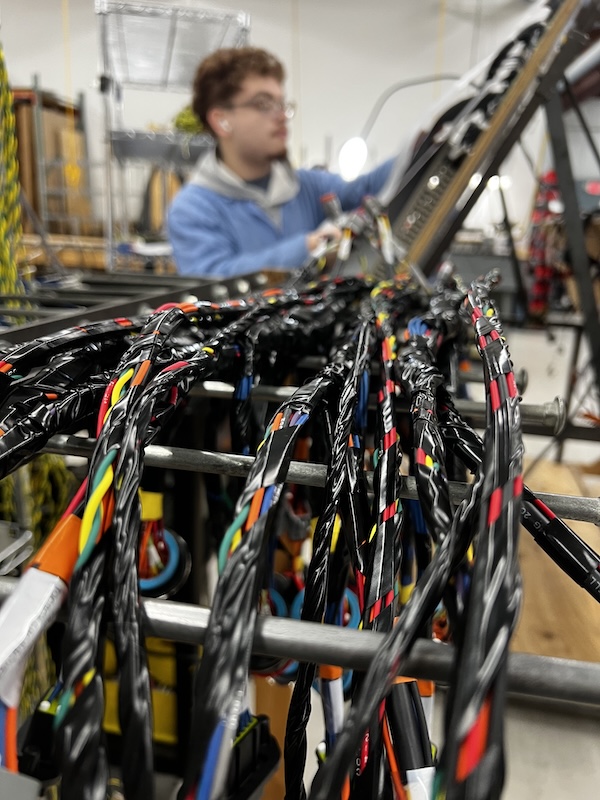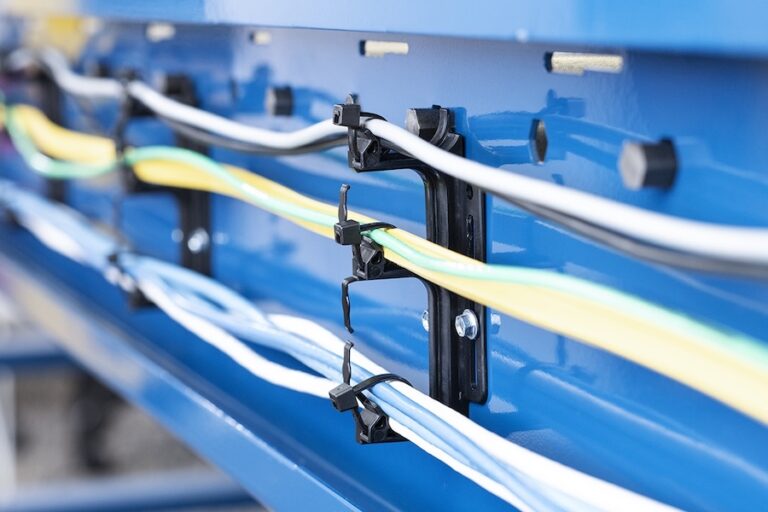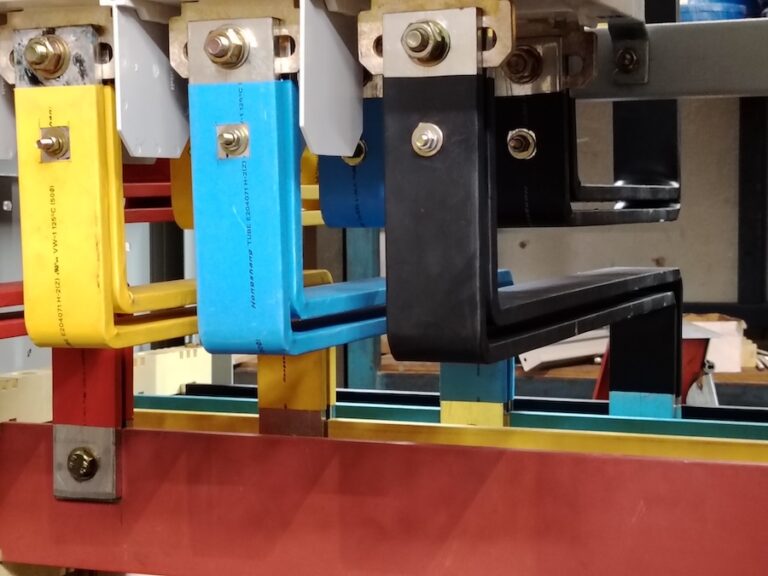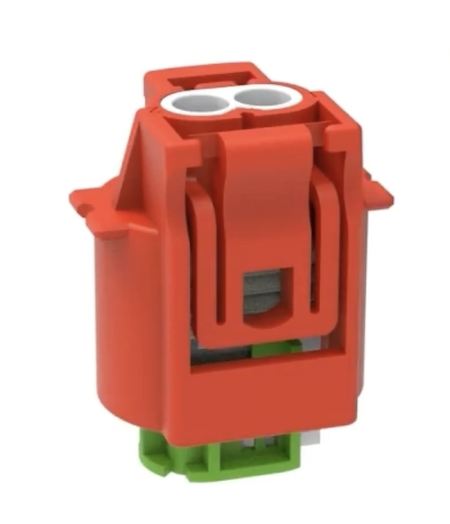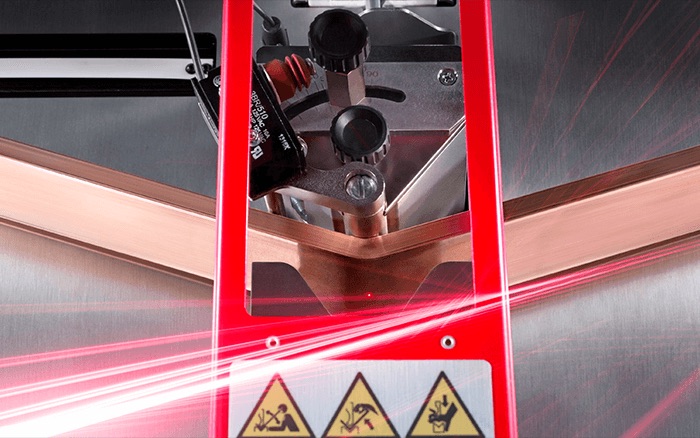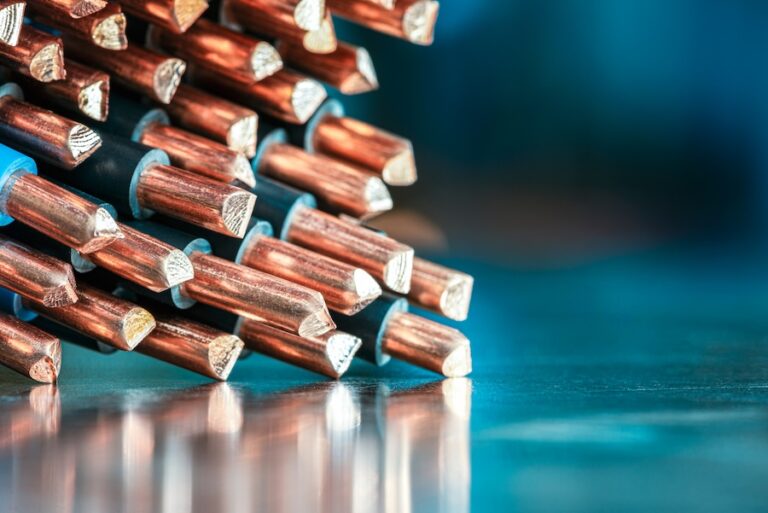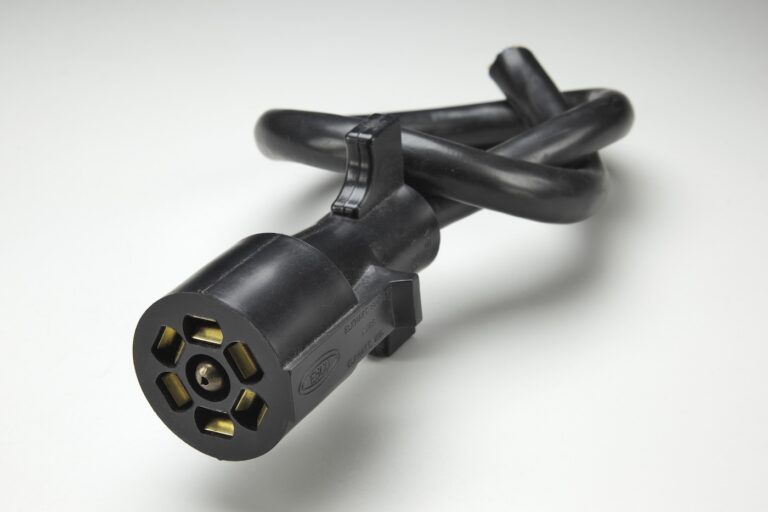Improving Outcomes for Our Clients in Electronic Harness/Interconnect Manufacturing
Introduction
The electronics OEM industry can hugely benefit from the option of having a comprehensive solution to improve the effectiveness and accuracy of interconnect design. This is even more important for high-reliability industries where interconnections tend to be highly complex, highly sensitive (in terms of performance) and face rapid change due to evolving application parameters/constraints all within a very high-risk, late-cycle project timeline environment which these industries often face.
A Growing Problem
The Interconnect industry is ripe with challenges and hurdles partially because of the significant variability in component design, requirements, processes, applications, manufacturing practices, differences in design software capability and large variability of suppliers, their documentation and their qualifications. What compounds the challenges of the interconnect industry is that customers/OEMs, whose focus is on their main product development efforts, are often not deeply skilled in or adequately focused on the technical design details of these late-in-the-cycle interconnect systems. Thus, they may over-design, under-design, or more often improperly design these critical components
Why are Critical Interconnects Designed Late in the Product Design Cycle?
Interconnects (more precisely: harnesses, cables with connectors that are interconnecting between sub-systems or components) are technical components of a system and are usually designed last in the overall product design cycle. Typically, major systems’ mechanical, and electrical designs of core products “have to be well developed before their interconnections are fully defined”. Interconnections today are growing in sophistication but still are consistently an afterthought in the design process. Yet they play a hugely critical role in the success of the product both in terms of its technical performance to target requirements, its development roadmap/timeline, the product’s overall cost and impact on production schedules.
Late Design Lends Itself to Costly Mistakes and Delays
Because the interconnections are typically designed at a later product development stage and are often considered an afterthought, mistakes are often very costly and risky. As a result, they can cause delays that span many weeks or months and also result in sub-optimal long-term designs in terms of performance, cost and risk of failure.
This article will attempt to provide greater insight to a major challenge we see impacting the quality of harness/interconnect design and manufacturing:
CAD Packages Not Well Suited for Interconnect Market
MCAD (Mechanical Computer-Aided Design) Software has become very sophisticated over the past 20 years, given the extensive investment of large industry players such as Siemens, Autodesk, CREO, and Solidworks amongst others. It is extensively used for geometric designs mostly related to mechanical components and has significantly developed in capacity for simulations and error validation. However, the typical mechanical CAD packages that many OEM’s use are not well suited for the electrical interconnect realm and therefore provide a very limited view of the interconnect as a subsystem of its own.
Integrated Error-Checking/Design Validation Tools Miss the Mark
In fact, when evaluating typical MCAD software we note that its integrated error-checking/design validation tools only provide feedback on the below parameters, but really there is so much more that is required:
- Wire ends not connected to anything
- Missing or duplicated wire numbers
- Duplicated components, terminals, pin values, cables, and cable wire colors
- Components with wire connection attributes but no wire connected
- Components without a catalog Value
- Child contacts not related to a parent
- Components in the same wire network from different categories. For example, a one-line symbol connected to a schematic symbol.
Interconnect CAD Software Packages Must Address These Issues
When we look at the traditional Electronic ECAD and Mechanical MCAD software tools we see that they usually provide very comprehensive design validation and simulation capabilities. These tools are highly efficient and effective for the electronic and mechanical systems that they are being used for. However, the same cannot be said for the interconnect CAD software packages. For example, some of the unvalidated or not well-validated characteristics that we usually find in interconnect designs include:
- Mateability or fit of components for one another, for example are wire gauge sizes meeting the requirement in the respective content
- Sizing of consumables such as sleeving to the bundle size. In fact, many software products tools don’t effectively predict the bundle sizes thus the definition of important consumables such as braiding, sleeving or boots is arbitrary (with a high potential for error) and often forcing the correct choice to be made as part of the production process
- Existence and location of splices in the harness and their impact on the bundle size
- Is the correct material properly defined and cataloged or are there mistakes in the parts-lists?
- Does the schematic match the BOM or are there key omissions?
- Are the parts called out meeting the application for environmental requirements such as ROHS, temperature, voltage?
- Is the BOM accurate (correct quantity of contacts, solder devices identified, right length of wires and consumables, etc.)?
As a Result, “Trial-and-Error”, On-The-Fly Changes
More the Rule than Exception
At El-Com Systems we have spent countless hours supporting the design output of many of our customers. Given the volume of incoming requirements, and the experience required of our engineers to properly evaluate the design and estimate scheduling and costing of new requirements, we have always found it very challenging to identify (discover) many customer mistakes until we reach product realization phase, when the impact is already too great. El-Com has polled many peers and customers and it seems to be a common theme in this field that we accept a “trial-and-error” approach to building harnesses at an NPI level and we accept some sort of “on-the-fly” changes when we find mistakes, which is quite often and as previously stated can be quite costly and negatively impactful (cost and schedule).
El-Com Teaming with Key Players to Provide Design Validation
Given that El-Com has seen the negative impact of design errors, not just on our customer performance, but on our own operational execution as well, we have decided to invest our time and resources to provide OEMs with a more comprehensive design validation output. We have teamed with key customers, industry peers, and technical experts to improve our approach for design validation and provide Customers with feedback prior to the NPI release.
Solution –Develop the Tools and Processes to Perform Design Validation
To accomplish this, El-Com is shifting the mindset of our engineers and technical team to not only provide a cost-estimate on a prospective interconnect, but to also perform a design validation concurrently. We have found this approach to be immensely valuable and appreciated by our customers and we hope to continue to impact the industry in a positive way. As a result, our customers’ interconnect designers can better focus on the purpose of the interconnect, which is to effectively connect a multitude of sub-systems in a system, rather than waste their time troubleshooting and upgrading existing designs as a result of mistakes that could have been identified earlier in the design cycle.
This is how El-Com envisions the future of Interconnects. Contact us if you agree and want to consider participating in designing and creating this enhanced future of the electronic interconnect industry.
About the Author:
Arik Vrobel is a seasoned executive with extensive background in operations and strategic business development. Arik currently owns and oversees several operational companies (www.el-comsystems.com & www.ystechusa.com, amongst others) with an emphasis in the areas of design & manufacturing, of high-reliability electronics and electro-mechanical products to OEMs (Original Equipment Manufacturers) in a variety of industries including defense, space, aerospace, medical, and industrial markets. Over his career, Arik’s companies have successfully executed and delivered on over $1Billion of specialty contracts and products for a variety of customers.
Arik is passionate visionary focused on streamlining and simplifying complex products and processes both for customers as well as internal applications. During Arik’s time overseeing the El-Com Systems’ Business, the Company has transformed itself into being a global leader of electronic interconnects for sophisticated, high-reliability applications and products. With multiple geographic manufacturing locations across the Americas, El-Com Systems supports many of the industry leaders in space, aerospace, military/defense, commercial avionics and medical applications.


